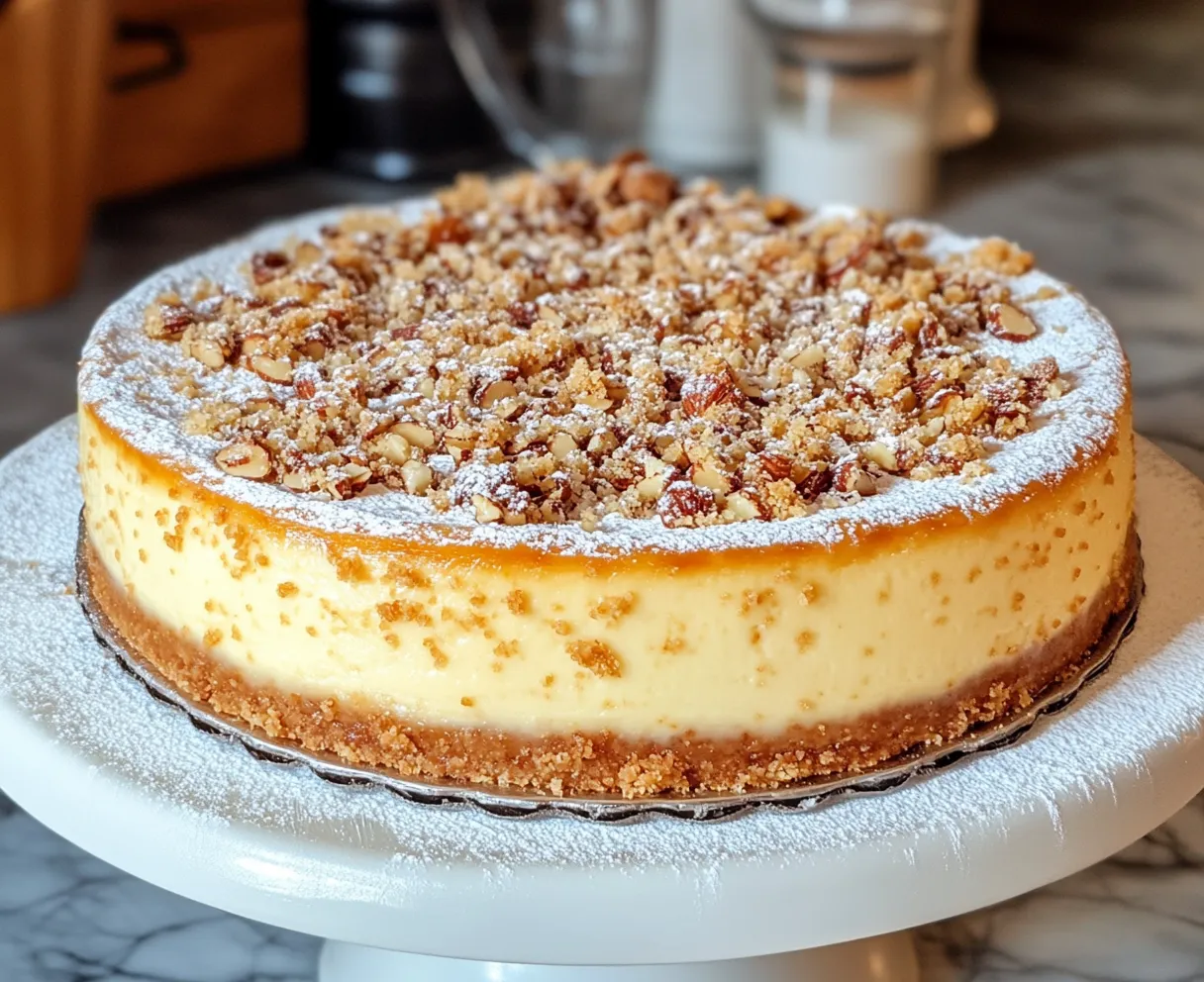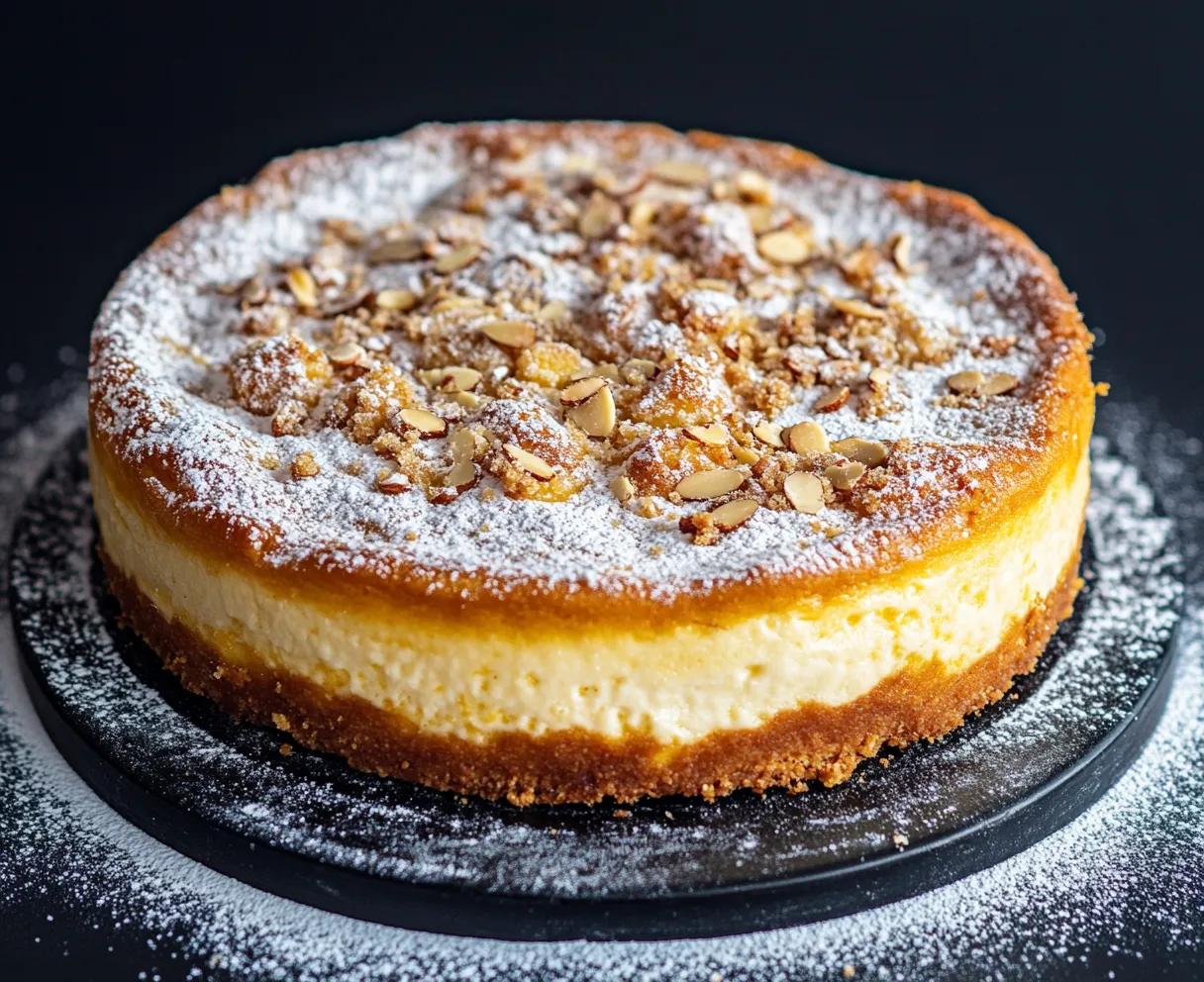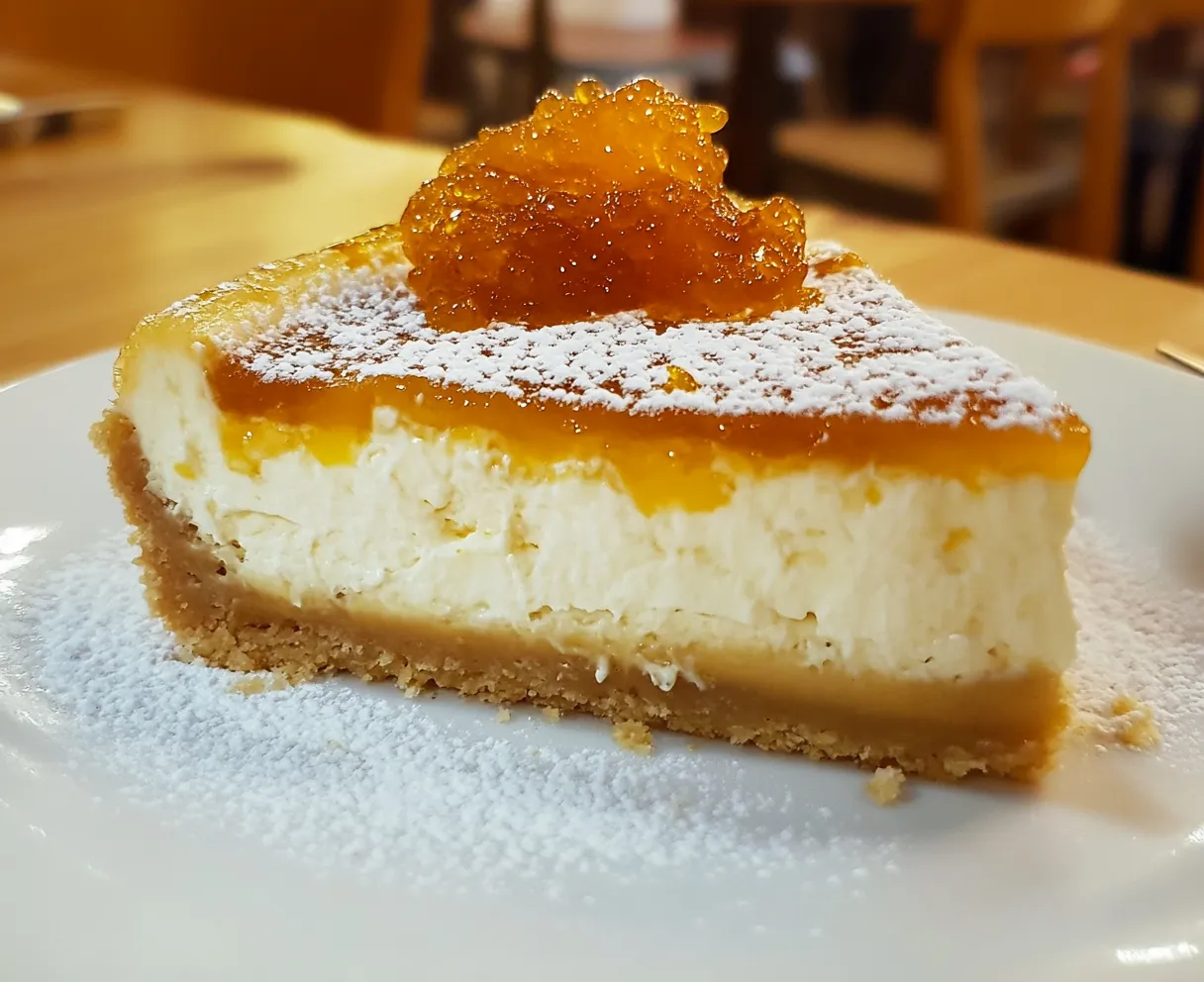 Pin it
Pin it
This sweet, creamy quark snow cake transforms simple ingredients into a showstopping dessert that perfectly balances a buttery crust with a cloud-like meringue topping. The pudding filling creates a velvety middle layer that makes this cake irresistibly comforting.
I first made this cake when unexpected guests announced they were coming for coffee, and I've kept the recipe close ever since. The way the meringue creates that gorgeous snowy top never fails to impress, even though the preparation is remarkably simple.
Ingredients
For the Dough
- 1 egg: provides structure and richness to the base
- 200g flour: creates the perfect sturdy foundation for this layered cake
- ½ packet baking powder: ensures the crust rises slightly but remains dense enough to support the filling
- 100g butter: adds that irreplaceable rich flavor look for European style butter if available
- 80g sugar: balances the tanginess of the filling without making the base too sweet
For the Filling
- 250g sour cream: contributes creaminess and subtle tanginess
- 100g sugar: sweetens the filling perfectly without overwhelming the dairy flavors
- 3 egg yolks: add richness and help set the filling
- 1 packet vanilla sugar: enhances the flavor profile try bourbon vanilla for extra depth
- 200ml whole milk: creates the perfect pudding consistency
- 450g low fat quark: gives this cake its distinctive flavor and texture substitute cottage cheese if quark unavailable
- 1 packet vanilla pudding powder: helps stabilize the filling and adds creaminess
- A little oil: to grease the pan prevents sticking
For the Meringue Topping
- 3 egg whites: create the cloudlike topping use room temperature eggs for best volume
- 40g sugar: stabilizes the meringue and adds just enough sweetness
Step-by-Step Instructions
Prepare the Base
- Step 1:
- Combine the dough ingredients in a large bowl, working the butter into the flour mixture until it resembles coarse crumbs. Add the egg and continue kneading until you have a smooth, pliable dough that holds together when pressed. Press this dough into the bottom of a greased 26cm springform pan, creating a slight edge around the perimeter about 1cm high. The dough should be evenly distributed to ensure consistent baking.
Create the Filling
- Step 2:
- Combine all filling ingredients in a large bowl, whisking thoroughly to ensure no lumps remain, especially from the pudding powder. The mixture should be smooth and pourable but not too thin. Carefully pour this mixture over the prepared dough base, taking care not to disturb the crust. Smooth the top with a spatula for an even layer.
First Baking Stage
- Step 3:
- Place the filled springform pan in the preheated oven and bake for exactly 50 minutes at 180°C. The filling should be mostly set but still have a slight wobble in the center. Do not overbake as this can make the filling dry and cracked.
Prepare and Add Meringue
- Step 4:
- While the cake is in its final minutes of the first bake, beat the egg whites in a clean, dry bowl until soft peaks form. Gradually add the sugar while continuing to beat until stiff, glossy peaks form. The meringue is ready when you can turn the bowl upside down without it falling out. Remove the cake from the oven and carefully spread the meringue over the hot filling, creating decorative peaks with the back of a spoon.
Final Baking
- Step 5:
- Return the cake to the oven for another 10 minutes to set and lightly brown the meringue. Watch carefully during this stage as meringue can quickly go from perfectly golden to burned. The meringue should be lightly toasted on the peaks but still soft and marshmallowy beneath.
 Pin it
Pin it
This recipe reminds me of my grandmother's kitchen, where she would often make a version of this cake for Sunday afternoons. The vanilla pudding powder might seem like a shortcut ingredient, but it creates that perfect nostalgic dessert texture that brings me right back to childhood with each bite.
Storage Tips
This cake keeps best when refrigerated and consumed within 2 to 3 days. The meringue will gradually absorb moisture from the filling, changing its texture from crisp to soft over time. This isn't necessarily negative just different! To maintain the crispness of the meringue for as long as possible, store the cake uncovered for the first few hours of cooling, then loosely cover with foil rather than plastic wrap.
Seasonal Variations
Transform this basic recipe throughout the year by incorporating seasonal elements. In summer, fold 200g of fresh berries into the filling before baking. During autumn, add a teaspoon of cinnamon to the base and sprinkle the meringue with chopped nuts before the final bake. For winter holidays, a splash of rum in the filling and some grated orange zest creates a festive variation that pairs perfectly with afternoon coffee.
Serving Suggestions
This cake stands beautifully on its own, but can be elevated with simple accompaniments. A light dusting of powdered sugar just before serving enhances its snowy appearance. For a more substantial dessert, serve with a side of fresh berries or a small scoop of vanilla ice cream. When presenting as part of a coffee spread, pair with a medium roast coffee to complement but not overpower the delicate flavors.
 Pin it
Pin it
Frequently Asked Questions
- → Can I substitute quark with another ingredient?
Yes, you can use cottage cheese or strained yogurt as a substitute for quark in this cake.
- → What type of vanilla pudding powder should I use?
Use a cook-type vanilla pudding powder to achieve the right consistency for the filling.
- → How can I ensure the meringue forms stiff peaks?
Make sure the egg whites are free of any yolk, and whip them in a clean, dry bowl with gradually added sugar.
- → Can I make this cake gluten-free?
Absolutely! Substitute the all-purpose flour with a gluten-free baking flour blend.
- → What’s the best way to store this cake?
Store the cake in the refrigerator, covered, for up to 3 days to maintain freshness.
